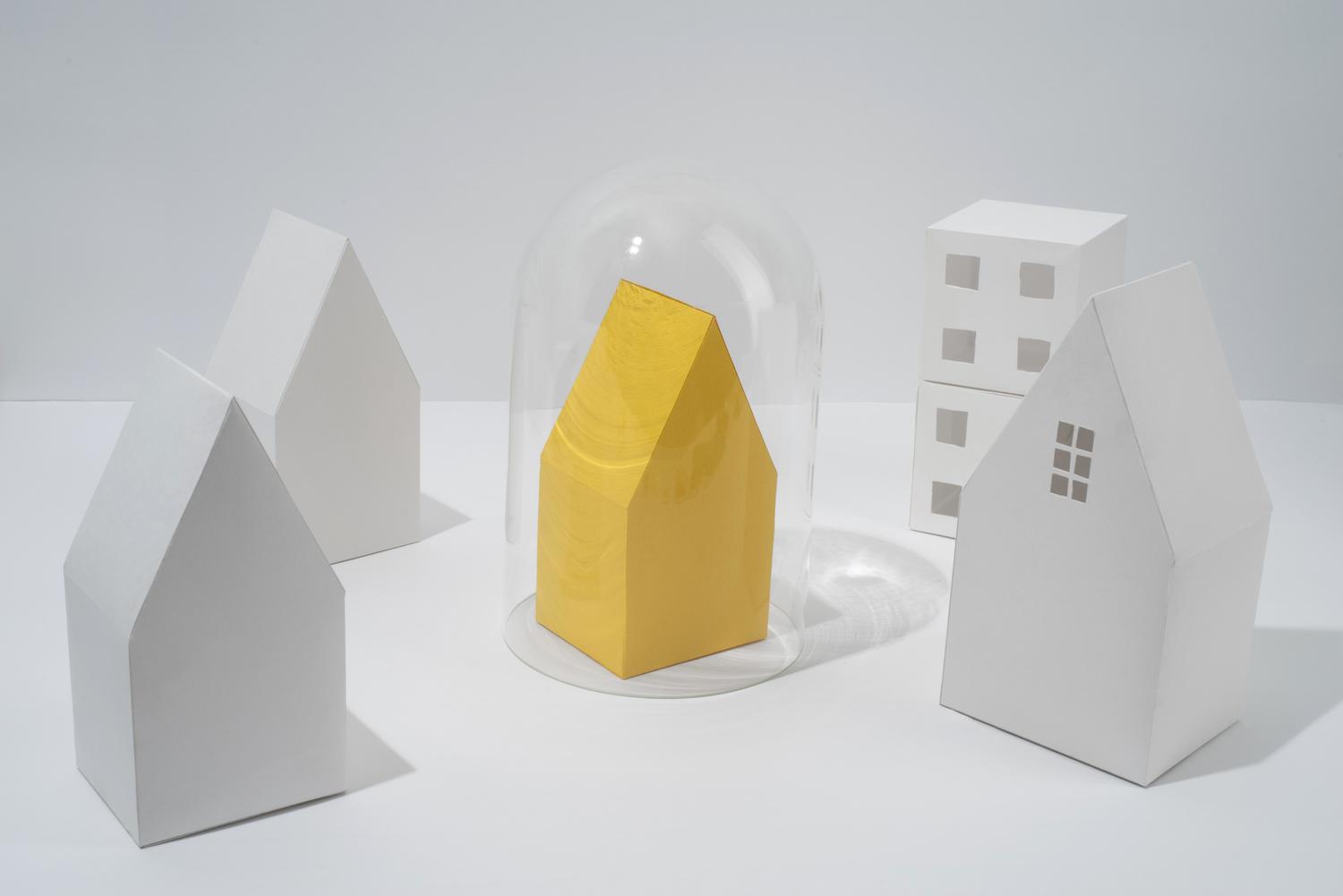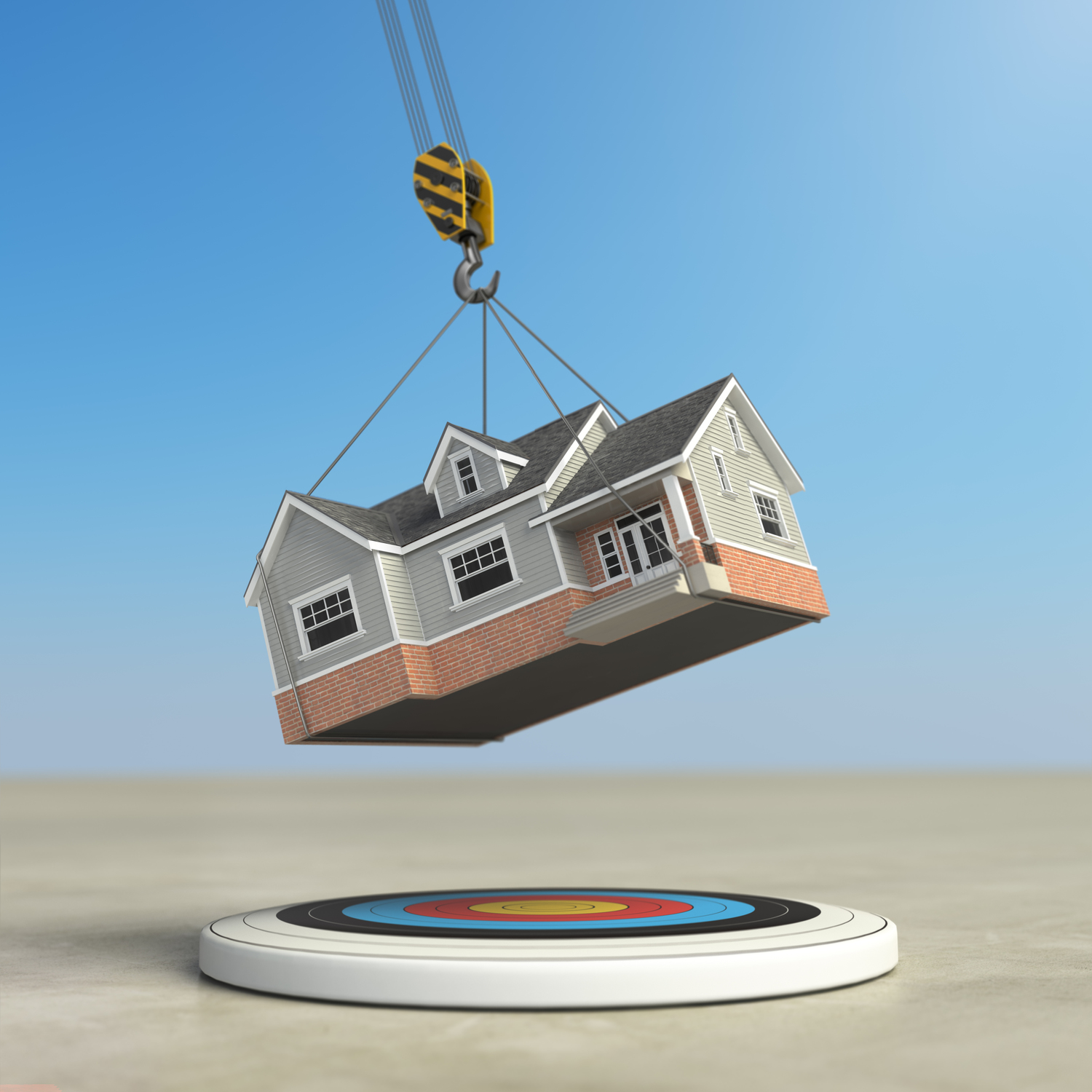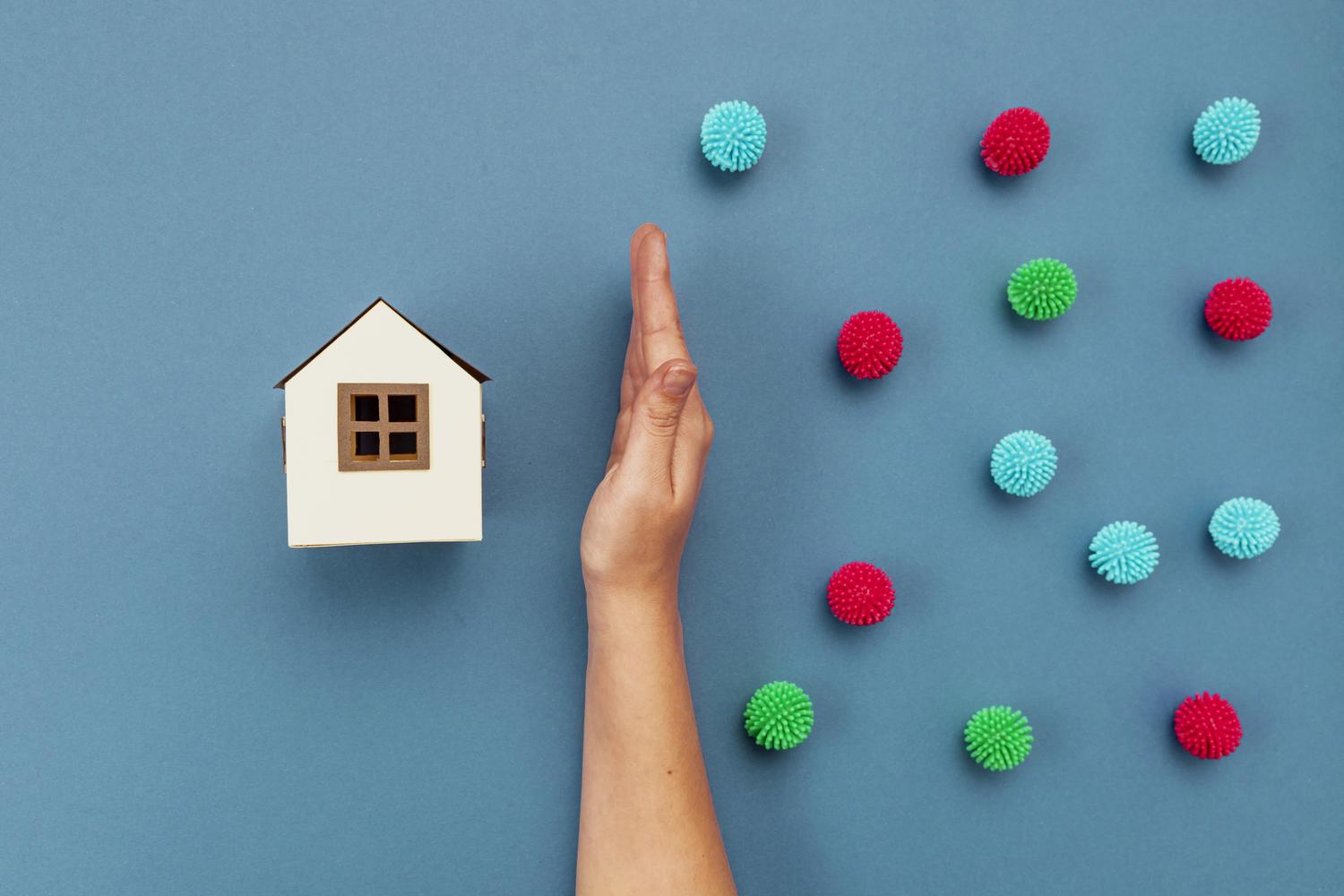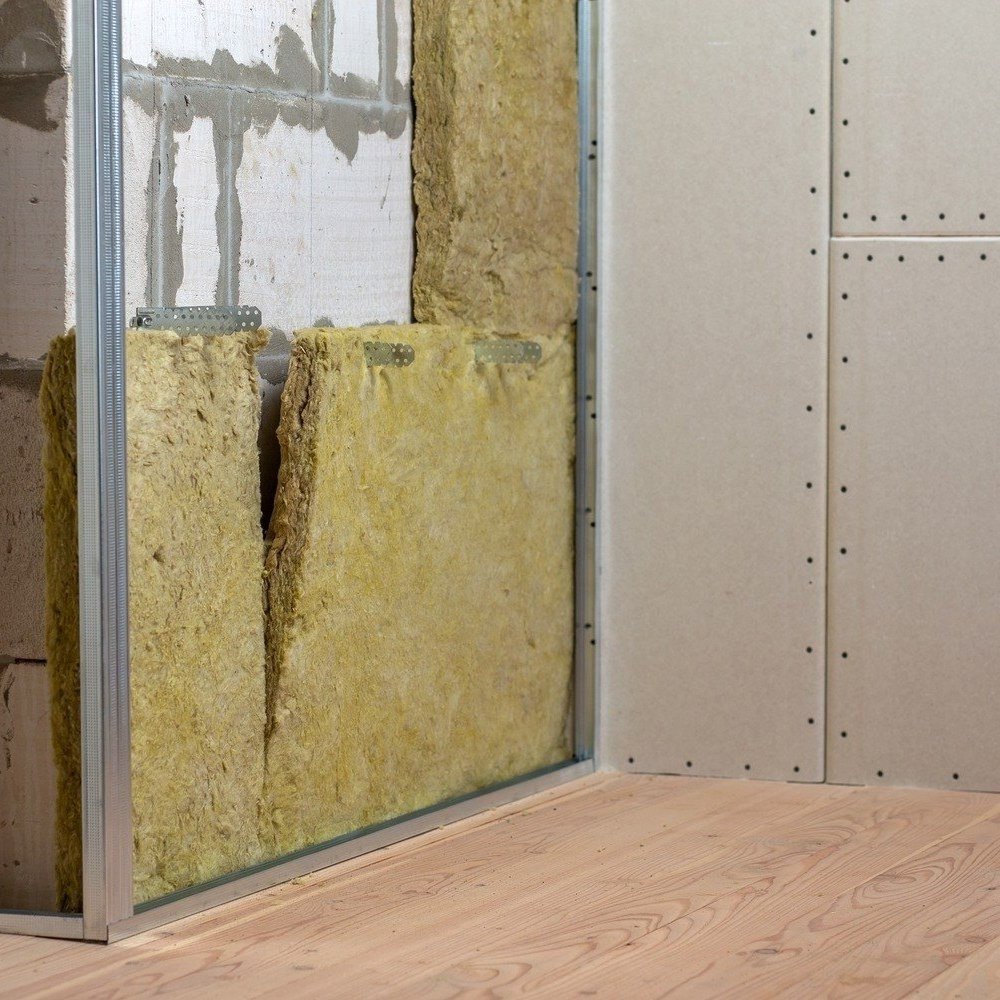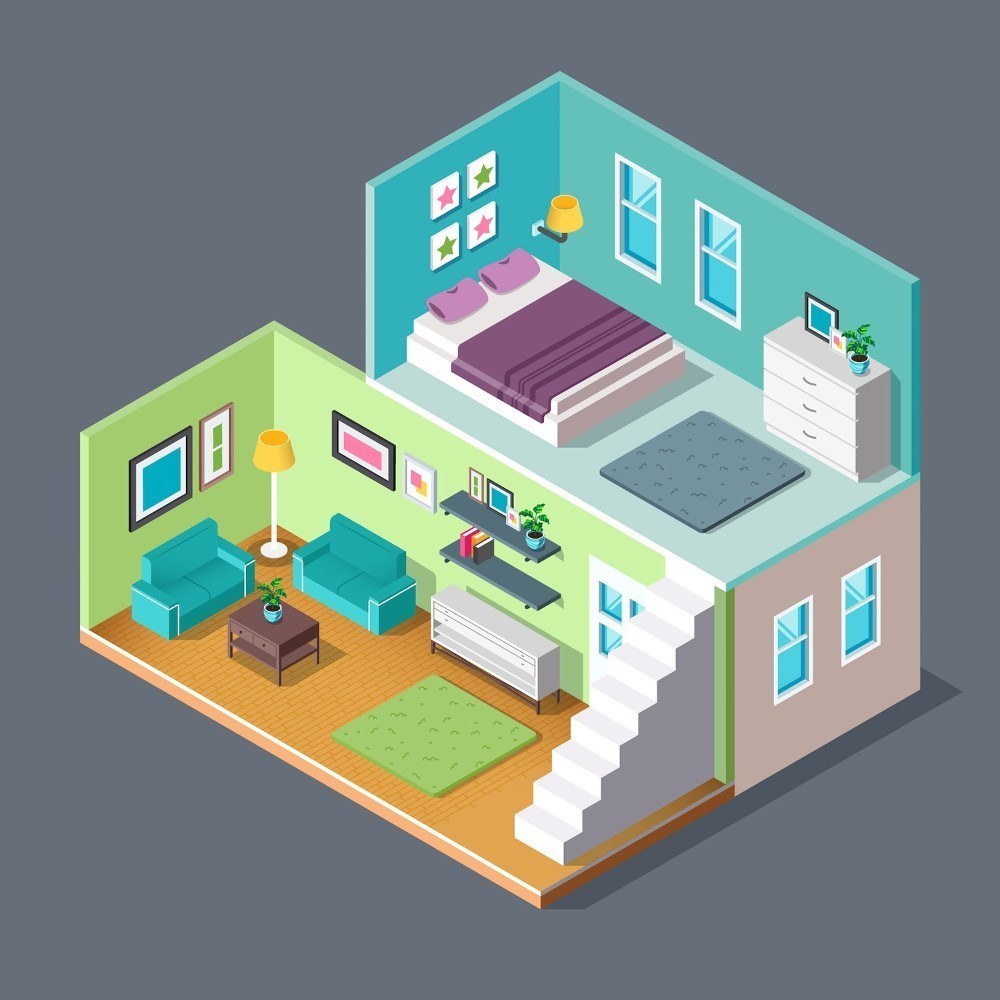Advantages of soundproofing and reducing structure-borne noise
Reducing structure-borne noise and improving the sound environment has many benefits for both individuals and businesses. Whether it's a home, workplace, school, or public environment, soundproofing can make a big difference. By reducing vibrations and sound transmission, a more pleasant and functional sound environment is created, contributing to better health, increased productivity, and a higher quality of life.
A quiet and comfortable living environment
Structure-borne noise can affect everyday life in many ways. Noise from neighbors, traffic, or other sources can make it difficult to relax and get a good night's sleep. By reducing structure-borne noise, you can create a more harmonious home environment where noise disturbances are minimized. This leads to improved sleep quality, lower stress levels, and a greater sense of calm in the home.
Increased productivity and better working environment
In workplaces, noise disturbances are one of the most common factors that negatively affect concentration. Reducing structure-borne noise creates a better working environment where employees can focus on their tasks without being disturbed by noise from other parts of the building. Less noise leads to higher productivity, better communication, and a positive work experience.
Better health and well-being
Prolonged exposure to high noise levels can have negative effects on health. Noise and structure-borne noise can contribute to increased stress, sleep problems, and even high blood pressure. By soundproofing walls, floors, and ceilings, you can create a healthier environment where both physical and mental health are improved.
Increased privacy and better confidentiality
In environments where privacy is crucial, such as offices, meeting rooms, or healthcare facilities, soundproofing can play an important role. By reducing sound leakage and preventing conversations from being heard outside the room, sensitive information can be protected. This creates a safer environment for both employees and customers.
Higher property value and more attractive housing
Acoustic comfort is an important factor when buying a home and valuing property. Homes and buildings that offer effective sound insulation become more attractive on the market and can have a higher value. For property owners and housing developers, soundproofing is an investment that increases the quality and competitiveness of the building.
More sustainable and environmentally friendly urban planning
Reduced noise levels contribute to a more pleasant and sustainable urban environment. By reducing noise pollution, better conditions are created for both residents and businesses to thrive. Quieter areas can also increase the overall quality of life and make urban environments more attractive.
Greater flexibility in the use of space
When noise problems are reduced, different parts of a building can be used more flexibly. For example, an office can be used for both meetings and focused work without employees being disturbed by noise from other parts of the premises. At home, a room can serve as both a workplace and a living room without noise levels becoming a problem.
Optimal sound environment in educational settings
In schools, libraries, and other learning environments, good acoustics are crucial for pupils and students to be able to concentrate. Sound absorption helps to create a calm and focused environment where learning is improved and distractions are minimized.
Improved acoustics in event venues and concert halls
Theaters, concert halls, and other event venues depend on a controlled sound environment. Soundproofing helps optimize acoustics and ensures that the sound experience is clear and pleasant for the audience.
Good neighbor relations in apartment buildings
Noise problems are one of the most common causes of neighbor conflicts. By reducing structure-borne noise in apartment buildings, disturbing noise from neighbors can be reduced, creating a better living environment and reducing the risk of irritation and complaints.
Quieter and more focused care environments
Hospitals and healthcare facilities need calm environments for patients to recover and staff to work effectively. Soundproofing walls, floors, and ceilings can reduce stress and noise, creating a more harmonious and healing atmosphere.
Improved communication and speech perception
In workplaces, schools, and public places, noise can make it difficult to hear and understand what others are saying. Reducing background noise makes communication easier, improving collaboration and reducing the need to repeat oneself.
Creating a creative and inspiring environment
For artistic and creative spaces, such as music studios and art studios, a good sound environment is crucial. Soundproofing helps to create a calm and focused atmosphere where creativity can flourish without disturbing noise from the surrounding environment.
An investment in better quality of life
Soundproofing and reducing structure-borne noise have far-reaching benefits, ranging from increased living comfort and a better working environment to improved health and sustainability. By using the right soundproofing materials and strategic solutions, you can create an environment where people feel comfortable, communicate better, and enjoy a more harmonious everyday life.





